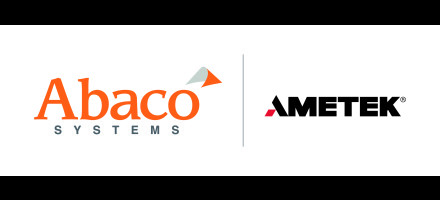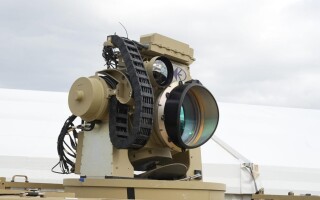Next-gen tactical Ethernet switches
StoryApril 22, 2016

Ethernet technology is the common denominator for communications between networks and is a foundational building block of IP networks. This lingua franca of the networking world also has evolved to meet the needs of the tactical environment; it is found on tanks, ships, submarines, manned aircraft, and unmanned aerial vehicles (UAVs).
Ethernet technology is the common denominator for communications between networks and is a foundational building block of IP networks. This lingua franca of the networking world also has evolved to meet the needs of the tactical environment; it is found on tanks, ships, submarines, manned aircraft, and unmanned aerial vehicles (UAVs).
The most basic unit in the Ethernet world is the switch, a hardware/software component that moves data packets from one address to another at speeds as fast as 10 gigabits per second. There are many suppliers and a wide range of performance categories – from size and power consumption to configurability and port density.
Military requirements are quite demanding, especially regarding SWaP-C, the mantra for size, weight, and power plus cost. The U.S. Army’s VICTORY initiative, for example, drives toward high-performance, small-form factor standardization in vehicle electronics, or vetronics. (VICTORY is the acronym used for Vehicular Integration for C4ISR/EW Interoperability.)
Picture, for example, the cramped confines of a tank or armored personnel carrier. These vehicles currently have multiple local area networks, outputting data to multiple screens. Crews have to correlate this data in their heads in order to maintain situational awareness. All this hardware takes up space as well, making it more difficult for soldiers to function. VICTORY aims to recapture that space, slash equipment weight, and reduce power consumption by sharing information between systems via an IP-based open architecture, optimally aggregating data into fewer displays. SWaP-C-optimized Ethernet switch implementations are key to this plan.
For UAVs, performance and power per unit of weight are even more critical. In surveillance and reconnaissance applications, for example, where huge amounts of data are being passed around internally, SWaP-C-optimized, high-port-density switches are in keen demand.
Port density a vital factor
Port density and data throughput per port are important factors. The more high-bandwidth gigabit Ethernet and 10 Gigabit Ethernet ports that can be squeezed into a small switch volume, the higher-performance the device. Power consumption per port is also a key metric.
Meanwhile, the enclosure has to meet all the military requirements for shock, temperature, humidity, pressure, vibration – not to mention rain water, sand, and salt fog – support military communications protocols, build in mil-spec connectors, incorporate robust security features, and continue to get the traffic through when links are broken. At the same time, the military wants minimal latency, flexibility, built-in test, redundancy, and configurability – a tall order.
Managed switches a benefit
Ethernet switches come in managed and unmanaged flavors. An unmanaged switch is hardwired to perform predesignated functions but is basically a dumb plug-and-play device that merely lets nodes communicate. A managed switch, on the other hand, is flexible and programmable and can be configured to meet particular customer requirements. Managed switches also provide advanced features that enable users to monitor and control the traffic and to manage functions such as addressing, routing, and protocols.
Security is another area in which managed switches shine, as these devices allow users to control access to individual ports at a high level of granularity. Other security features include denial-of-service protection, filtering of untrusted messages, and logging information on who is connecting and disconnecting from switch ports.
An example of a rugged, high-port-density, small-form-factor, fully managed Ethernet switch is Abaco Systems’ RES3244, which carries 24 1000BaseT and four 10GBASE-SR ports, plus a power supply, in a 5.7-pound package, dissipating approximately 28 watts, with 50 millisecond holdup time. (Figure 1.)
Ethernet has come a long way in the last 40 years – from 10 megabits per second to 10 gigabits per second and beyond, to take just one example. It has also moved from a local-area network configuration connecting two computers in an office to a rugged and robust switch fabric supporting connectivity between huge, disparate networks in business, industrial, and military applications. Like the Internet, Ethernet has become a fact of life. At the heart of this progress – and in part driving its evolution – is the switch, the core element that enables communications between nodes. Its ultimate embodiment in the military sphere is the high-port-density, small weight and volume managed switch, which not only connects thousands of nodes but controls and protects the traffic that passes through it.
Figure 1: The Abaco Systems RES3000 is a family of rugged, compact, high-performance managed Ethernet switches.
(Click graphic to zoom by 1.9x)
www.abaco.com







